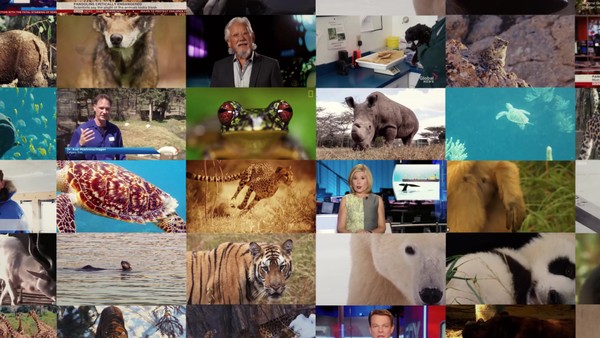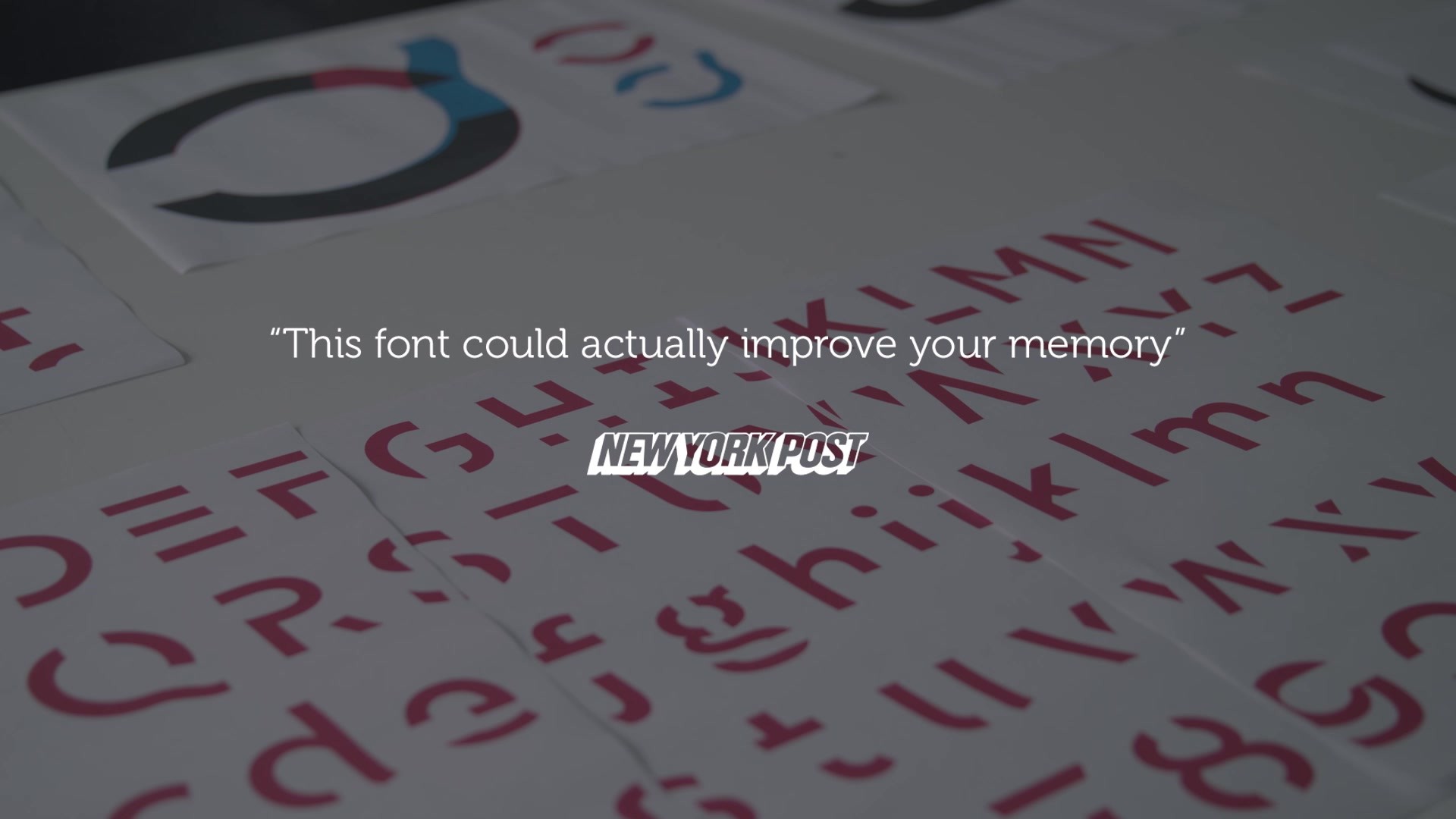PR > Culture & Context
ENDANGERED SYNDROME
FCB CANADA, Toronto / CANADIAN DOWN SYNDROME SOCIETY / 2019
Awards:

Overview
Credits
OVERVIEW
Why is this work relevant for PR?
The Canadian Down Syndrome Society had a specific goal – to build awareness and spark a public dialogue about a serious issue the public wasn’t concerned about – the dwindling resources being devoted to the Down syndrome community as their population declines. With less than $5,000 in media to build awareness, the campaign focused on architecting a creative idea that would be so breakthrough and provocative it would earn widescale media and force a public conversation.
Background
A rapid increase in pre-natal screening for Down syndrome, along with near universal termination rates, means the population is declining. To the extent that it’s predicted to be extinct in Iceland by 2091.
Considered a medical achievement by some, this quiet revolution is having a devasting impact on the current Down syndrome community. Because as the population shrinks, so do the resources, health care, and social services they desperately need.
Down syndrome is a niche condition, which means most people don’t have a personal connection to the community – and aren’t aware of their growing funding gap. The Canadian Down Syndrome Society had the objective of raising awareness of this niche issue among the general public, by forcing a conversation that people outside the community weren’t having or engaged in – all with next to no budget.
Describe the creative idea
The Down syndrome community’s shrinking population and shrinking funding means that, based on the International Union for Conservation of Nature’s own criteria, they would qualify to be on the endangered species list. So, the CDSS took the intentionally subversive act of applying – to make our cause unignorable.
Introducing Endangered Syndrome: a digital campaign that illustrates why, for the first time in history, a group of people applied to be on the endangered species list. Launching with a social video that featured real people with Down syndrome advocating for the education, healthcare and employment resources they aren’t getting. Our Down syndrome heroes wore animal inspired costumes – dramatizing the point that like endangered animals, there are endangered people in need of support and resources too.
The disruptive and contentious nature of the campaign challenged the expected conventions of advertising for people with disabilities to breakthrough and spark debate about an
Describe the PR strategy
As a pro-bono organization with less than $5,000 in media, the CDSS had to use earned media to ignite a conversation. But we knew that following the conventional tropes of advocacy groups who rely on soft and nice messages wouldn’t be enough to get noticed.
So, to be as disruptive and unexpected as possible, we found a striking parallel to another, well-known cause: endangered species. We asked a question that couldn’t be ignored: If a group of people face the same risks as endangered animals, why aren’t they also receiving the same attention and support? This unexpected comparison would erupt a firestorm of attention from the media.
The campaign wanted to raise awareness among the public, so we targeted news outlets for mass awareness knowing they would latch on to the campaign’s bold approach. The PR featured advocates from the Down syndrome community as the face of the campaign.
Describe the PR execution
The campaign launched on Canadian Down Syndrome Week, November 1-7, 2018, to capitalize on a moment when receptivity is naturally high.
While the conversation began with the video, it was amplified with PR. People with Down syndrome featured in the social video became the campaign spokespeople, creating impactful and engaging news coverage to spread our message.
This was the CDSS’s third year of raising awareness through PR, so we targeted the same news, health and family-oriented outlets that had already covered the CDSS and believed in our mission. This year’s campaign garnered more TV news coverage than in previous years with many national networks covering the initiative.
The coverage was shared widely in social media, with Endangered Syndrome becoming a trending topic on Twitter from organic engagement. To deepen the conversation, all news stories were moderated, allowing the CDSS to answer people’s questions when and where they were asking them.
List the results
The campaign’s unexpected creative approach for the category kickstarted an avalanche of press and online discussion. As a result, the campaign achieved the following:
- Tier 1: Media Outputs (to building awareness)
o Earned half a billion media impressions with only $2,000 invested in media with coverage on major Canadian and International news outlets, to drive public awareness of a niche issue.
o Earned 93 pieces of coverage, including coverage on all major Canadian news outlets on digital, radio and TV as well as International media.
- Tier 2: Target Audience Outcomes (to drive engagement)
o Garnered a 1470% increase in conversation compared to the daily average Down syndrome discussions.
- Tier 3: Business Outcomes (to drive donations)
o The campaign increased online and telephone donations by 77%, compared to 2017
In the end this campaign succeeded in getting this hidden issue the attention it deserves.
Please tell us about the challenger brand and how your campaign challenged/was different from your competitors
Advocacy groups for people with disabilities often don’t want to tackle the hard subjects. Organizations that support people with Down syndrome have shied away from addressing the declining population and declining resources because the problem is too big and challenging. But the Canadian Down Syndrome Society decided to address the issue head-on by taking the bold step of applying to be on the endangered species list, something no other Down syndrome organization has ever done before.
From a communication standpoint, the Down syndrome community and advocacy groups have long relied on well-trodden clichés about people with disabilities who can do anything the rest of us can that are sentimental, saccharine and expected. Turning their advertising into wallpaper. The CDSS bucked this trend, by continuing their creative platform of featuring real people with Down syndrome as the funny, charming, strong and courageous people they are. Humanizing instead of idealizing them.
More Entries from FCB CANADA
24 items


